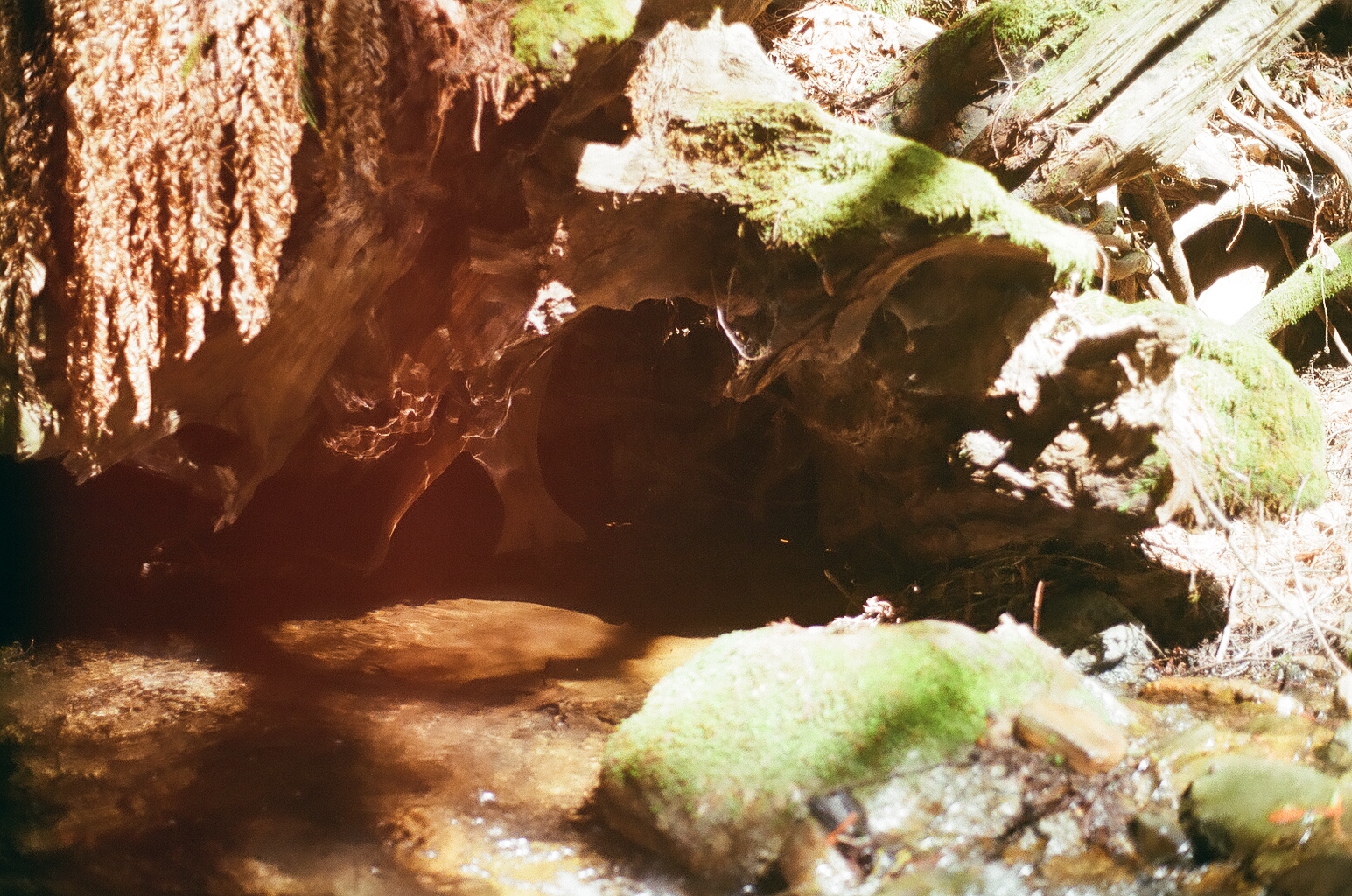Photo by Zoë Collins (She/Her)
I’ve long been plagued by the idea that my sexuality is “unnatural.” Unnatural is a funny word. Simply defined, it is the scope of anything outside of the ordinary course of nature. But when you hear it used to describe you, it’s like a polished version of an old, rusty nail: cruel and hurtful but somehow less offensive than any of the slurs we’ve grown accustomed to defending ourselves against.
But other things in humanity are unnatural–namely, the very nature on which we lay our framework for what is acceptable: a nature riddled with climate change, deforestation, ocean acidification, overfishing, and more. There is no disputing that these processes are “unnatural” in every sense of the word. Our natural world is being simultaneously redefined and destroyed on the daily, and God knows we’re doing little to nothing to stop it.
It feels clear to me that something is not quite right. The “natural” way of doing things has failed time and time again. I was relieved to find that I am not alone in my sentiments. Many others share similar ideas, hence the birth of queer ecology.
Alex Johnson’s brilliant article, “How to Queer Ecology: One Goose at a Time,” explains the ins and outs of queer ecology and, if you’re a fan of action steps, I’d highly recommend giving it a read. One of my favorite excerpts from his article reads as follows: “A man who has sex with a man must identify himself by his perversion, by his difference. If straight is the identity of I am, then gay becomes I am not. Women are not men. Native people are not white. Nature is not human.” I often find myself separating my sexuality from my identity. We have always been taught that it is something unnatural, something to be ashamed of. Even sexuality in its most heterosexual form has been fed to us drowned in a broth of shame. Sometimes it feels exhausting to be held to the standard of always being desirable whilst simultaneously maintaining a facade of innocence and lack of sexual impulses. It’s a fine line that is walked by too many; it shouldn’t have to be walked at all. Nature is not human, so why should humans be able to judge what is and isn’t natural? My sexuality is something that comes from inside me; it cannot be disputed or changed. It is the most natural representation of myself that I can conjure. However, sometimes holding that aspect of myself for others to see feels like too big of a burden to bear.
Fear not; there is comfort for us weary rebels. I find solace in the writings of Matthew Gandy, who, in his article titled, “Queer Ecology: Nature, Sexuality, and Heterotopic Alliances,” wrote that, “… a queer reading of space reveals a distributed agency of desire that extends beyond individual or even multiple human bodies to incorporate nonhuman nature, inanimate objects, surfaces, and smells” (738). I feel that this excerpt is very empowering. It reminds me that our sexualities can be bigger than us. We are a part of an incredibly amazing biosphere and everything we do contributes to that. Our spaces and our reaches extend so far beyond our orbits, and the truths inside of us are impossible to change. All we can do is embrace them and celebrate them.
Additional empowerment comes in the form of a recent Wikipedia search. In the depths of this great search engine, we find an article titled “List of Animals Displaying Homosexual Behavior.” Given the title of the article, I’m sure you get the gist of what it contains. In nature, a wide range of animals display homosexual behavior, including but not limited to: bison, chimpanzees, dolphins, giraffes, goats, penguins, ostriches, anglerfish, salmon, tortoises, geckos, snakes, turtles, frogs, salamanders, toads, beetles, weevers, moths, and crabs. Let this extensive list serve as a reminder that we, as a queer community, are more natural than most.
Another animal to add to this list is starfish. Lily Wakefield’s article (though questionable in its scientific reliability), “Scientist Explains why Starfish will Risk Being Eaten Just to Have Gay Sex,” is, in a way, the LGBTQ representation we have all craved. Sometimes, when I find myself consuming queer media by the gallon, I can hear my psyche praising me for remembering that who and what I am is not so far outside of the norm. We all search desperately for niches in which we feel slightly less lonely, but perhaps it is a subconscious desire for feeling natural and feeling like we’re not doing something wrong all the time.
Perhaps this explains the warm reception of the gay animal show presented by the Natural History Museum at the University of Oslo. The museum explained, “We hope to reject the all too well-known argument that homosexual behaviour is a crime against nature.” Despite the initial and very strong opposition to the show, it ultimately attracted hordes and proved to be a smashing success. What, then, is to say about the relationship between homosexuality and nature? Again, all people want is a community or niche in which they feel they belong. The idea that queer individuals are outside of this mainstream community is an idea that has been perpetuated explicitly and inexplicitly for generations. It’s clear to me that the idea of queerness being “unnatural” is just a facade for the discomfort that straight individuals feel about the idea that their specific niche might not be the most natural option after all. The “natural” way of doing things hasn’t gotten us very far at all, to be quite frank. Now that our planet is in its most desperate hour of need, it seems to be a good time to try something new. Something bold. Something queer.
Credits:
Author: Zoë Collins (She/Her)
Artist: Zoë Collins (She/Her)
Copy Editors: Rachel Sprouse, Angela S

